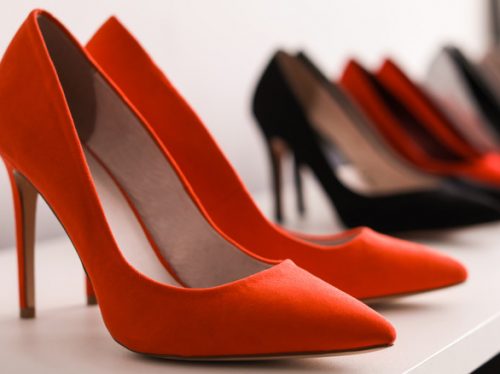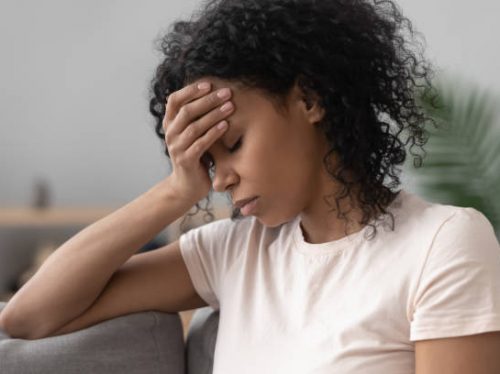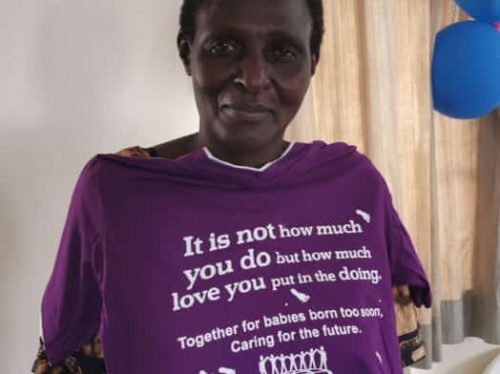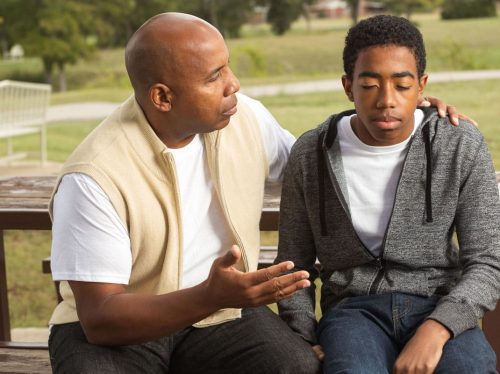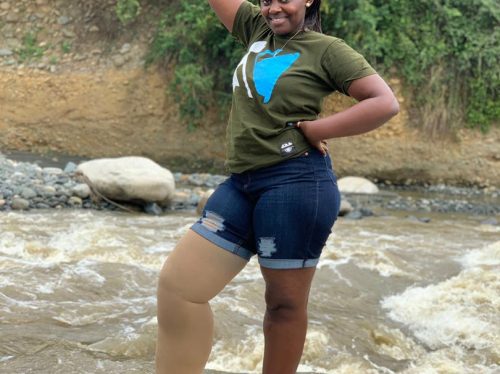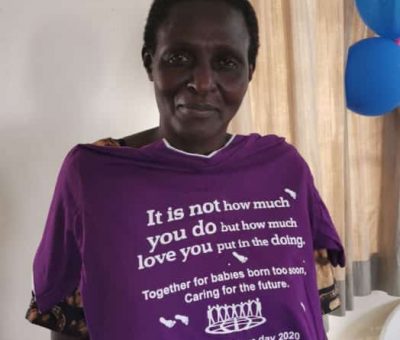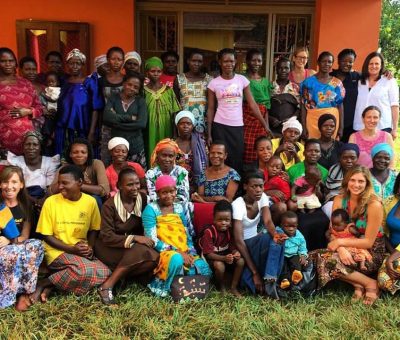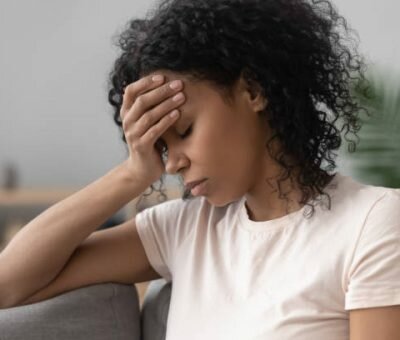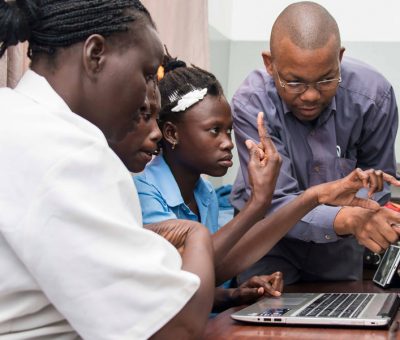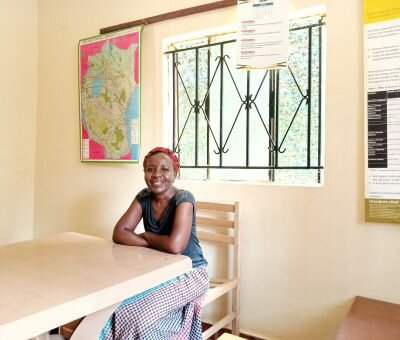Lymphedema- creating awareness
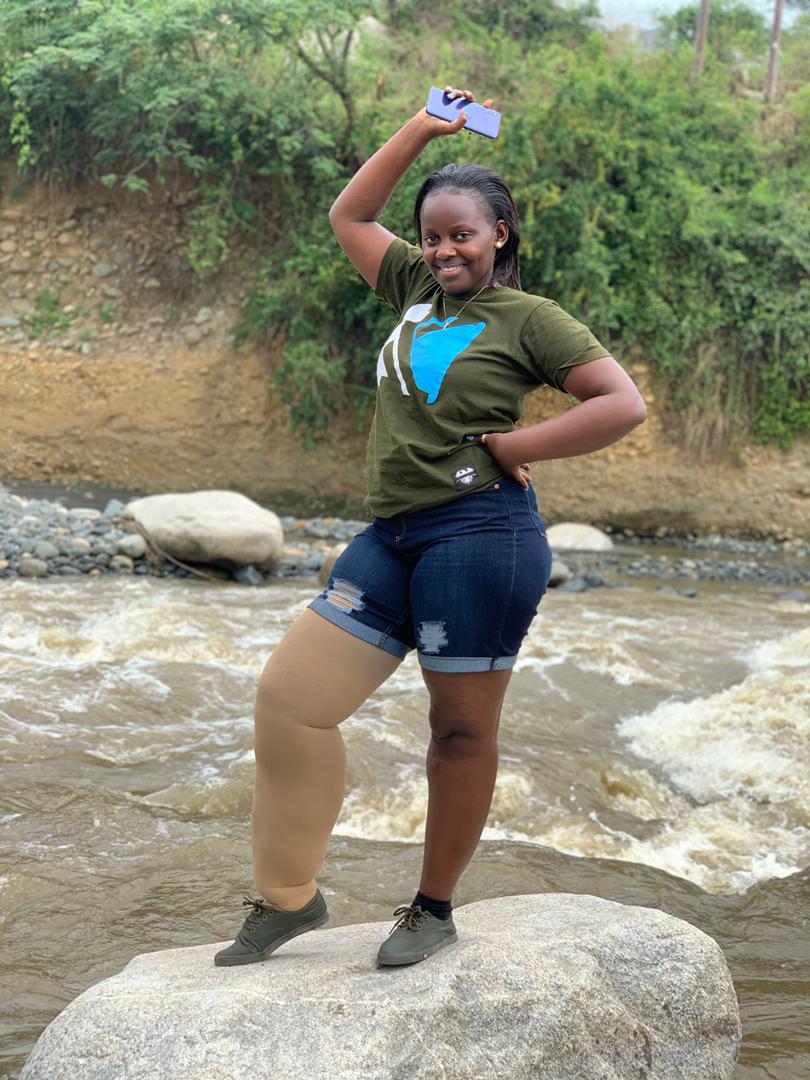
In 2014, Lawin Kushaba grappled with an aching limb, fever and headache, restricted range of motion in the same leg, and difficulty fitting in clothes and shoes. The discomfort prompted a hospital visit but she was referred to another hospital in Hyderabad, India. In 2018, Kushaba met with a lymphedema surgeon/ vascular surgeon at KIMS hospital, India.
“It was here that an accurate diagnosis pointed out that I had primary lymphedema in my right leg.” That was determined after a couple of tests such as MRI and CT scan, Doppler ultrasound and lymphoscintigraphy.
At the moment, 27-year-old Kushaba is using compressions garments, dieting and exercises to relax her limb. “So far, they are helping a bit and I am not on any treatment. I do not have any medical doctor or physiotherapist helping me owing to the negative experience I endured with doctors I visited in the past. Most dismissed the severity of the pain I was feeling and as such, I got a delayed diagnosis. There is lack of inclusivity in medical research for the condition yet it exists.”
Challenges
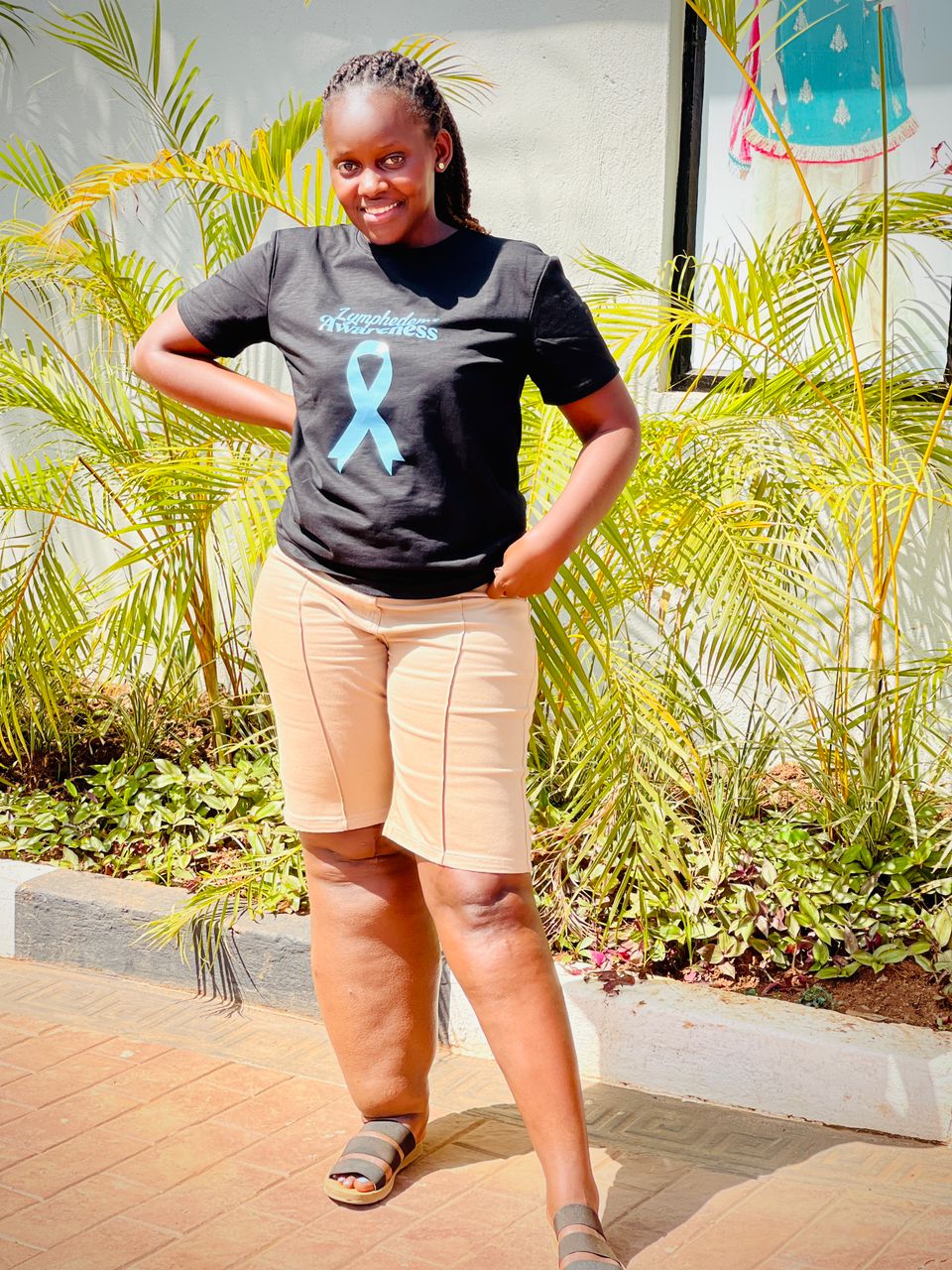
Kushaba says treatment is costly as it involves shipping compressions garments, daily exercises that require visiting the gym, diet depending on one’s blood type, which is expensive. “Visiting Dr Ismail Tamale, of Taimex Nutrition Centre, I learned that there are foods people of blood type A, Rhesus + should avoid. These include alcoholic beverages and artificial sweeteners, oil and fats, sodium (salty food) as they are unnecessary for a balanced diet. Additionally, they cause more fluid retention in the affected area.”
On the contrary, Dr Franklin Wasswa, a general practitioner, says patients should not waste their money in treatment based on blood group. “Your blood group does not make you any unique. Rather, one should concentrate on treatments that really work to avoid unnecessary money constraints.”
Limited movement
As the limb continues swelling, the ability to move long distances is affected. With everyone saying what they feel about the limb such as it being a product of witchcraft, Kushaba says she feels ostracised. “It gets worse when family and friends make you feel like an outcast.”
Not having a medical doctor and physiotherapist to help her bandage and massage the leg is cumbersome. That leads to greater levels of functional impairment, poor psychological adjustment, anxiety, and depression. Kushaba says many confuse primary lymphedema for elephantiasis.
“They are only aware of secondary lymphedema because it is common in cancer patients, unlike primary lymphedema cases. On the other hand, the physiotherapists I have gone to say manual lymphatic drainage (multilayer lymphedema bandaging and remedial exercises) is not effective yet it is part of complex decongestive therapy (CDT) that was recommended. CDT involves an intensive therapy phase during which the patient receives daily treatment and training followed by the maintenance phase where the patient is encouraged to take over using the learned techniques,” she explains.
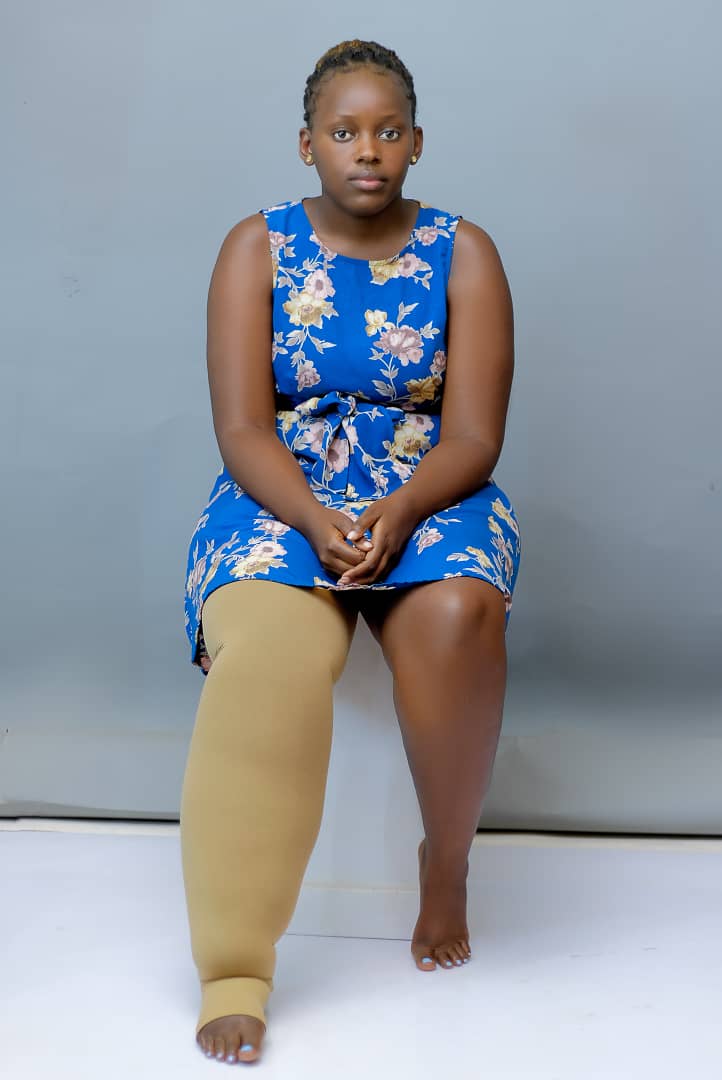
Treatment
Kushaba says while there is a lot of talk about ailments such as cancer, silence clouds lymphedema yet there are many born with lymphatic malformations or those that inherit lymphedema. “Lymphedema should become part of the conversation in health corridors because many people suffer from it. We equally need medical attention because it becomes a life-threatening condition.”
Advocacy
Kushaba says she now focuses on helping others living with the condition. She believes that in doing so, they will embrace and show love to self by taking care of themselves. “Awareness is important because while it is incurable, it can be managed. That calls for early diagnosis that is precedented by being informed. That birthed my website; www.kushabalawin.com through which I create awareness about the condition.”
Lessons learned
It has been eight years of battling lymphedema and Kushaba has learned to set realistic goals such as not missing out on daily exercises and seeing to her skin care routine.
Kushaba knows that it is a manageable condition and it cannot stop or hinder her from achieving her personal goals such as traveling, becoming a leader, and finding a life partner.
She also appreciates that body confidence does not come from trying to achieve the perfect body but embracing the one you have. “In the past years, I would never allow myself to take full pictures or share them until I realised it is the same leg.”
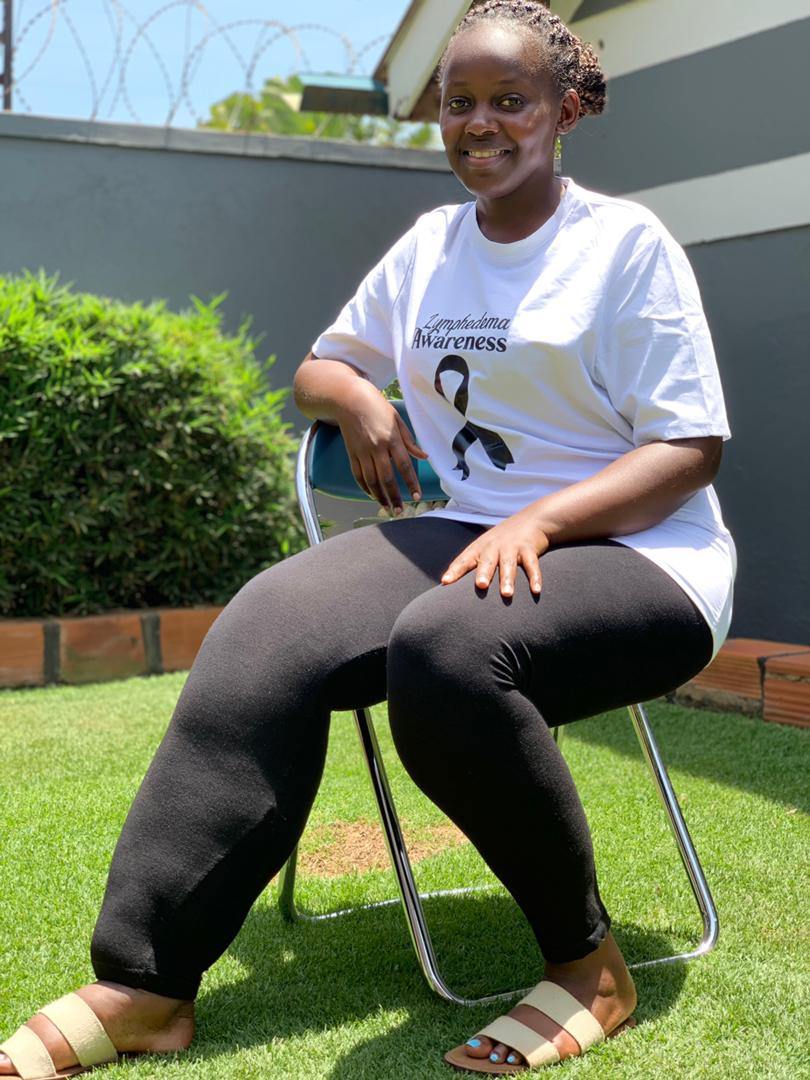
What is lymphedema?
There are two classifications of the condition:
Primary lymphedema – It is caused by poor development or deficiency in the lymphatic caused primarily by genetics leading to lymph blockages
Secondary lymphedema – It is common among persons with cancer where the lymphatic system is damaged through surgery and radiation, depending on the cancer type and area of body that has been impacted. For example, breast cancer patients have increased risks for lymphedema if their lymph nodes are damaged or removed leading to blockage in the lymphatic system. It can also be caused by infections such as the case of elephantiasis. There are various causes of secondary lymphedema.
While lymphedema is an incurable condition, when detected in early stages it can be managed.
Statistics
According to nhs.uk, primary lymphedema is rare and it affects approximately one in every 6,000 people. On the other hand, secondary lymphedema is very common affecting about two in 10 people with breast cancer, five in 10 people with valval cancer and around three in every 10 people with penile cancer.
Treatment
Dr Wasswa says treatment available is more in using medicine/drugs, physiotherapy and surgery all dependent on the cause and the stage of one’s lymphedema.
Compression by the help of compression socks, and lifting the leg to use gravity to take down the fluid that is stuck in the limbs.
Preventive medicine encompasses avoidance of trauma, care of the skin, exercising. “You do not need a gym to do this. One can simply walk in your yard or do centripetal massaging.”
Medication: Lymphedema is categorized into primary and secondary where treatment in the primary is to prevent disorder-related complications such as infection and skin changes. Otherwise, there is no medication that will correct the genetic malformation. There are different types of primary lymphedema and the most common one is Meige disease which though found in both males and females, it manifests more among women usually affecting the left leg first before the right. It manifests between birth and 35 years.
Most treatments are not pharmacological (swallowing) but mechanical (smearing) such as topical aluminium ointments, massages, pressure compression socks. Obesity is another cause of lymphedema so one solution is weight loss.
The therapy is meant to restore function, reduce physical and psychological suffering, and prevent the development of infection. Therefore, antibiotics can be used to prevent infection. This is for a lifetime and the earlier it is started the better because you prevent complications. However, some of the very effective medication is not on the market. Therefore, seeing that they are for life, the patient needs to ensure a constant supply.
On the other hand, for secondary, the cause, say infection can be treated, or surgery for causes such as the tumour compressing the piping system.
Surgery is the last choice of treatment, which involves removing segments of the skin and subcutaneous tissue. “Part of that can be to find a way to reroute the lymphatic channel, either to the other lymphatic channels that are not blocked or to the vein system,” he says.
Dr Wasswa says in Uganda, general surgeons or/and vascular surgeons treat this condition because it is not a new condition that is impossible to treat. “Uganda has competent surgeons to give you the treatment you will find elsewhere. The only challenge is that patients have little trust in our healthcare and we, doctors in Uganda do not have any incentive to intentionally campaign for this trust of brand equity in Ugandan healthcare. That is also because the workload is immense thus leaving that to the government. For example, the diagnosis of this disease for this patient was not complicated to diagnose in Uganda but went to India which was costly, then still came back home for primary healthcare and now is being capitalized on by alternative medicines (blood grouping fake medicine). We need an open conversation about us trusting our healthcare.”
He adds that the vascular surgeons in Uganda should be the people Kushaba works with to create awareness of this condition.
Kushaba appeals to Ministry of Health to make known lymphedema and its related needs because the sufferers need medical assistance. “My prayer is that they provide a health care system for diagnostic services and initial treatment. That is because we need financial coverage for compressions garments.”
thepearluganda






















